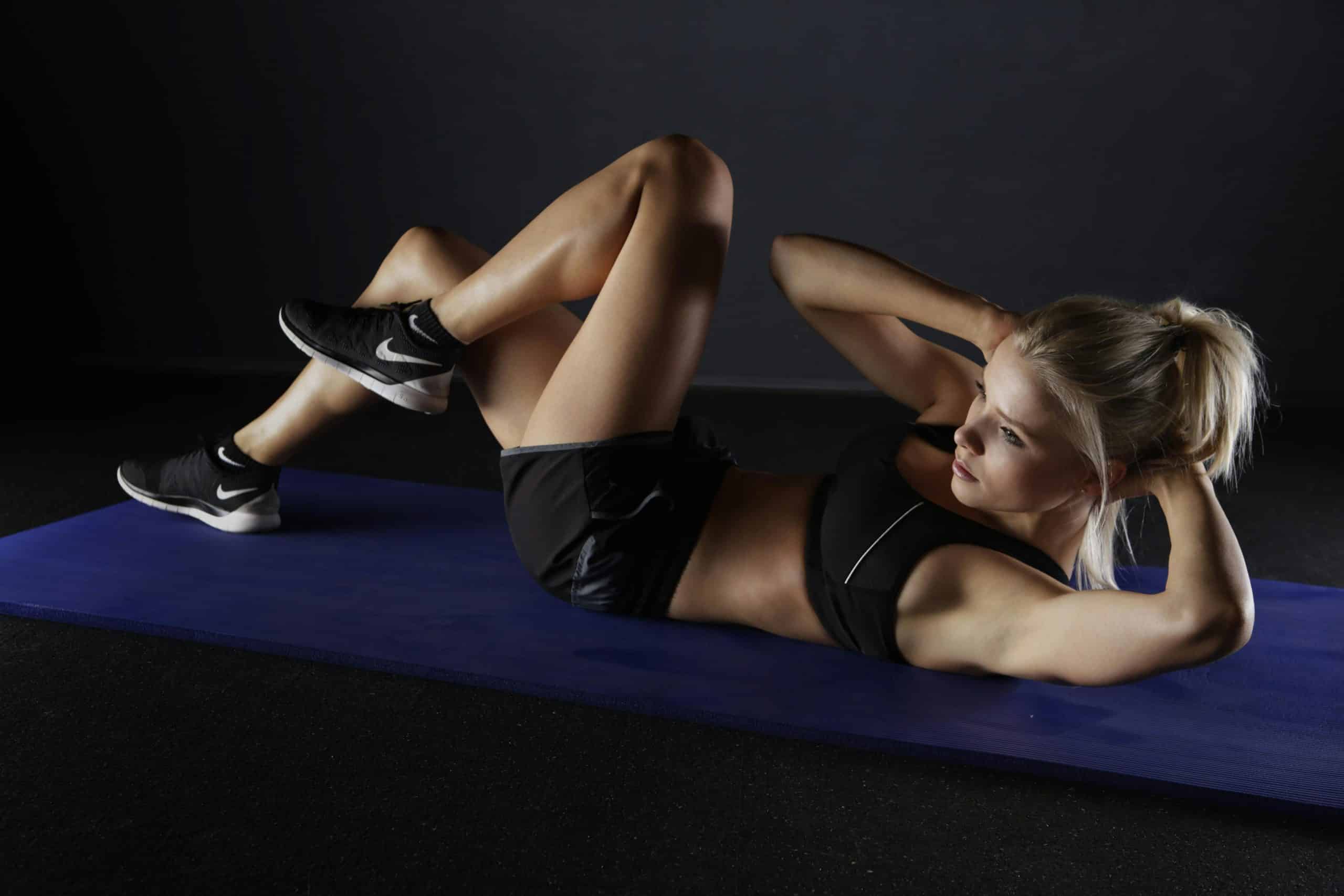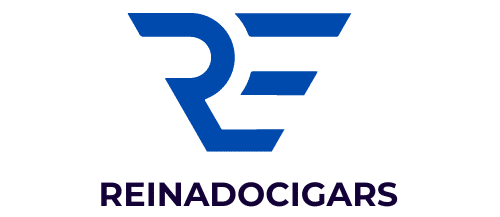How to Structure a Rehabilitation Program for Post-ACL Surgery Athletes?

The anterior cruciate ligament, or ACL, is one of four critical ligaments that provide stability to the knee joint. An injury to this crucial ligament can mean a lengthy period of rest, surgery, and rehabilitation. For athletes, an ACL tear is a significant setback that requires careful and consistent rehabilitation efforts to regain strength, stability, and gradually return to sports. But how can such a rehabilitation program be effectively structured? If you’re a coach, physiotherapist, or athlete looking for answers, this comprehensive guide is for you.
Assessing the Patient’s Knee Function Post-Surgery
Before diving into the details of structuring a rehabilitation program, it’s important to understand what you’re working with. That’s where an assessment of the athlete’s knee function post-surgery comes into play. This assessment involves a thorough examination of the knee’s range of motion, strength, stability, and overall function. Only once you’ve got a clear picture of the current state of the knee can you begin to develop a structured rehabilitation program.
A voir aussi : What Are the Best Plyometric Exercises for Increasing Vertical Jump in Volleyball Players?
A detailed assessment should include evaluating swelling, pain, and the ability to fully straighten and bend the knee. It should also involve assessing quadriceps strength and control. Specific tests like the Lachman test, pivot shift test, and anterior drawer test can help assess the integrity of the ACL reconstruction and knee stability. In addition, functional tests like hop tests may provide information about the athlete’s readiness to return to sports in the later stages of rehabilitation.
Developing a Phased Rehabilitation Program
Once the initial assessment is complete, the next step in structifying a rehabilitation program for post-ACL surgery athletes is to develop a phased approach. A phased rehabilitation program allows for gradual progression based on functional milestones rather than strict timelines, ensuring that the athlete doesn’t rush through recovery, which could lead to further injury.
En parallèle : What Are the Psychological Interventions for Coping with Retirement from Professional Sports?
Phase I: Acute Phase
This phase typically lasts for the first 1-2 weeks post-surgery. The focus during this phase is to manage pain and swelling, restore the knee’s full range of motion, and protect the surgical repair. Light exercises such as heel slides, quadriceps sets, and straight leg raises can be introduced.
Phase II: Strength and Mobility Phase
This phase typically starts from the third week and might extend up to 12 weeks post-surgery. In this phase, the emphasis is on improving muscle strength, enhancing mobility, and increasing endurance. Exercises could include stationary biking, leg presses, and hamstring curls.
Phase III: Functional Phase
This phase usually spans from the 3rd month to the 6th month. The focus shifts to restoring control and stability in sport-specific movements. Plyometrics, hopping, and agility drills can be introduced.
Implementing Manual Therapy Techniques
Manual therapy techniques can be an invaluable component of a post-ACL surgery rehabilitation program. These techniques, performed by a skilled physical therapist, can help to improve joint mobility, alleviate pain, reduce swelling, and facilitate the healing process.
Soft tissue mobilization can help in reducing muscle spasm and improving muscle flexibility. Joint mobilization techniques can improve joint mobility and alleviate pain. These techniques should be used judiciously and tailored to the individual athlete’s needs and progress.
Incorporating Proprioceptive and Neuromuscular Training
Proprioceptive and neuromuscular training is a crucial aspect of rehabilitation after ACL surgery. The damage caused by an ACL injury can lead to a significant loss in proprioception, the body’s ability to sense its position and movement in space. By incorporating specific exercises aimed at improving proprioception, you can help the athlete regain balance, coordination, and confidence in their knee.
Functional exercises like single-leg stands, wobble board exercises, and agility drills can enhance proprioception. Neuromuscular training that involves plyometric exercises and sport-specific drills can help in improving muscle control and reducing the risk of re-injury.
Monitoring Progress and Adjusting the Program
Last but not least, a crucial aspect of structuring a rehabilitation program is the ongoing monitoring of progress and making necessary adjustments to the program. Regular reassessments can help you determine if the athlete is meeting their functional milestones and if the program needs to be modified.
Athlete feedback, coupled with objective functional tests, can provide invaluable information about the progress of rehabilitation. If progress is slower than expected, you might need to spend more time on a particular phase. On the other hand, if the athlete is progressing well, you might be able to move to the next phase more quickly.
Remember, the goal is not just to return to sports, but to do so without the fear of re-injury. Therefore, it’s essential to ensure that the athlete has regained not just strength and mobility, but also confidence in their knee. A well-structured rehabilitation program, tailored to the individual athlete and continuously adjusted based on progress, can help achieve this goal.
Incorporating Psychological Support in Rehabilitation
One often overlooked aspect of rehabilitation is the psychological impact of an ACL injury on an athlete. The emotional stress and fear of re-injury can be as debilitating as the physical injury itself. Hence, incorporating psychological support in the rehabilitation program is as crucial as physical therapy.
The first step is to create an environment of trust between the athlete and the therapist. This bond can help mitigate the fear and anxiety associated with the injury. The therapist should also make an effort to understand the athlete’s personality, their coping mechanisms, and their commitment to the rehabilitation process. This understanding will help tailor the psychological support to the athlete’s individual needs.
Educating the athlete about the injury, the surgical procedure, and the rehabilitation process can help alleviate anxiety. Knowledge is power, and helping the athlete understand their condition can make them feel more in control and less anxious.
Moreover, the therapist should use various psychological techniques to enhance motivation, improve mood, and manage stress. These techniques might include goal-setting, relaxation exercises, and cognitive-behavioral strategies. The incorporation of mental skills training, such as imagery and self-talk, can also be beneficial in enhancing confidence and focus.
Ensuring a Safe and Gradual Return to Sports
The final phase of a rehabilitation program is the safe and gradual return to sports. This transition should be carefully managed to ensure that the athlete is physically and mentally ready for the demands of sport.
Before returning to full sports participation, the athlete should be able to demonstrate sport-specific skills without pain or instability. These skills might include running, jumping, cutting, and pivoting. Additionally, the athlete should pass functional tests that mimic the demands of their sport. These tests can be a good indicator of the athlete’s readiness to return to sports.
It’s also important to gradually increase the intensity and frequency of training to allow the body to adapt. This gradual progression will help minimize the risk of re-injury. The athlete should start with non-contact drills before progressing to contact drills and finally to full participation.
Remember, the return to sports should not be based solely on a timeline, but on functional milestones and the athlete’s confidence in their knee. It’s not uncommon for athletes to feel physically ready to return to sports before they are mentally ready. Thus, psychological readiness, as well as physical readiness, should be considered before clearing an athlete to return to sports.
Conclusion
Structuring a rehabilitation program for post-ACL surgery athletes involves a comprehensive approach that addresses physical recovery, psychological support, and a safe return to sports. The program should be individualized, based on the athlete’s unique needs and progress. Regular assessments and adjustments are necessary to ensure optimal recovery.
While the process can be long and demanding, the goal is not just to return to sports, but to do so with full confidence and without fear of re-injury. By following a structured rehabilitation program, an athlete can emerge from an ACL injury stronger, more resilient, and ready to face the challenges of their sport.
